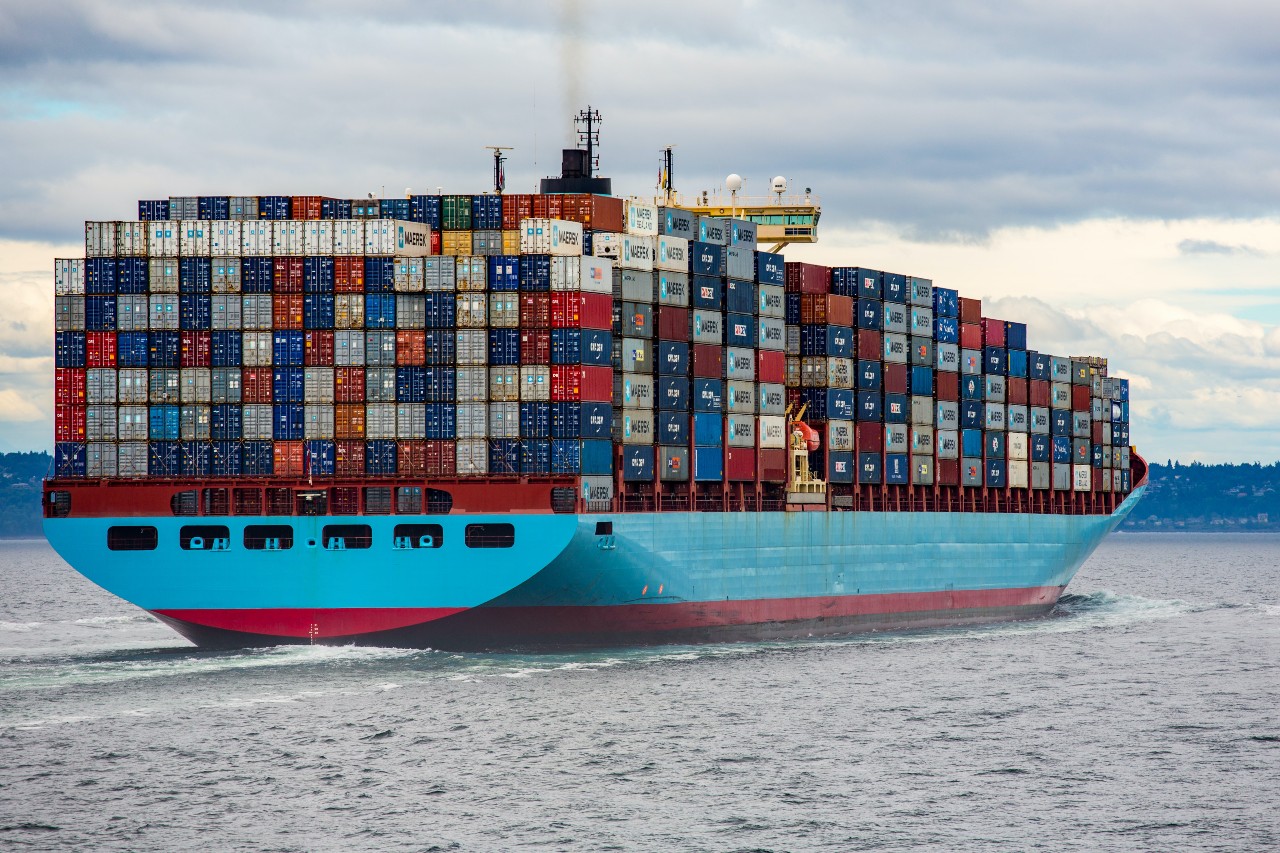Over the last year, three lists of products being imported from China have been hit with large tariffs of 10% to 25%. The reasoning for these was to balance out what the Trump administration believed to be unfair trade practices by China, with the goal of increasing the cost of China-origin products to encourage American-sourced goods.
The Chinese government responded in turn, raising tariffs on many American products like cars and food products while shifting their supply chains away from American goods. This has been especially apparent in the agricultural sector, where prior to the trade war China was the top importer of American food but now they buy virtually none.
With billions of dollars in products affected and huge amounts of new taxes being imposed on importing companies and consumers in both China and the United States, both economies have seen some shakiness and many major companies like Ford and Apple have expressed their disapproval.
With this in mind, all eyes were on Trump and Xi heading to the negotiating table at the G-20 Summit in Argentina last week.
G-20 Summit
The summit did produce some good, or more accurately “not bad,” news about the trade war. The third and largest list of Chinese products subject to a 10% tariff were slated to jump to 25% come January 1st, but both China and the United States agreed to a temporary détente where they would not raise any more tariffs for a 90-day period starting on January 1st. The first two lists, already at 25%, will remain the same.
There were also some broad agreements that seemed to come out, notably President Trump claiming that China would begin immediately purchasing US agricultural products again, but both China and the US administration soon backed down from any binding promises. President Trump also claimed that China would be reducing the 40% tariff they had imposed on US-manufactured cars, but this statement was later walked back as the reduction had not yet been fully committed to by the Chinese government.
What Happens Next?
This is the question that everyone in the trade community wishes they had the answer to. Trade talks between the US and China have been protracted and difficult for decades, and so it’s not completely clear what this new round or tactics will bring.
Over the next few months the two countries will continue their negotiations to overcome the original pain points that led to this trade war: a trade imbalance the current Administration believes is harmful to the US economy, and ongoing complaints regarding China’s misuse or theft of the intellectual property and proprietary technology of American companies.
How Does This Affect Drawback?
All of the duties on products coming from China are eligible for duty drawback, as they have been from their initial imposition. The only possible change that could be seen is that if a company was estimating their new duties paid to be 25% in 2019, they may need to revise their estimations down now that list 3 will only be 10% until at least the end of March.
If you’d like to discuss your company’s potential for drawback refunds now that these tariffs appear to have some staying power, please contact us for a free evaluation. You can reach out to our VP of Sales Andrew Galloway at agalloway@jmrodgers.com or 973-726-5340.





